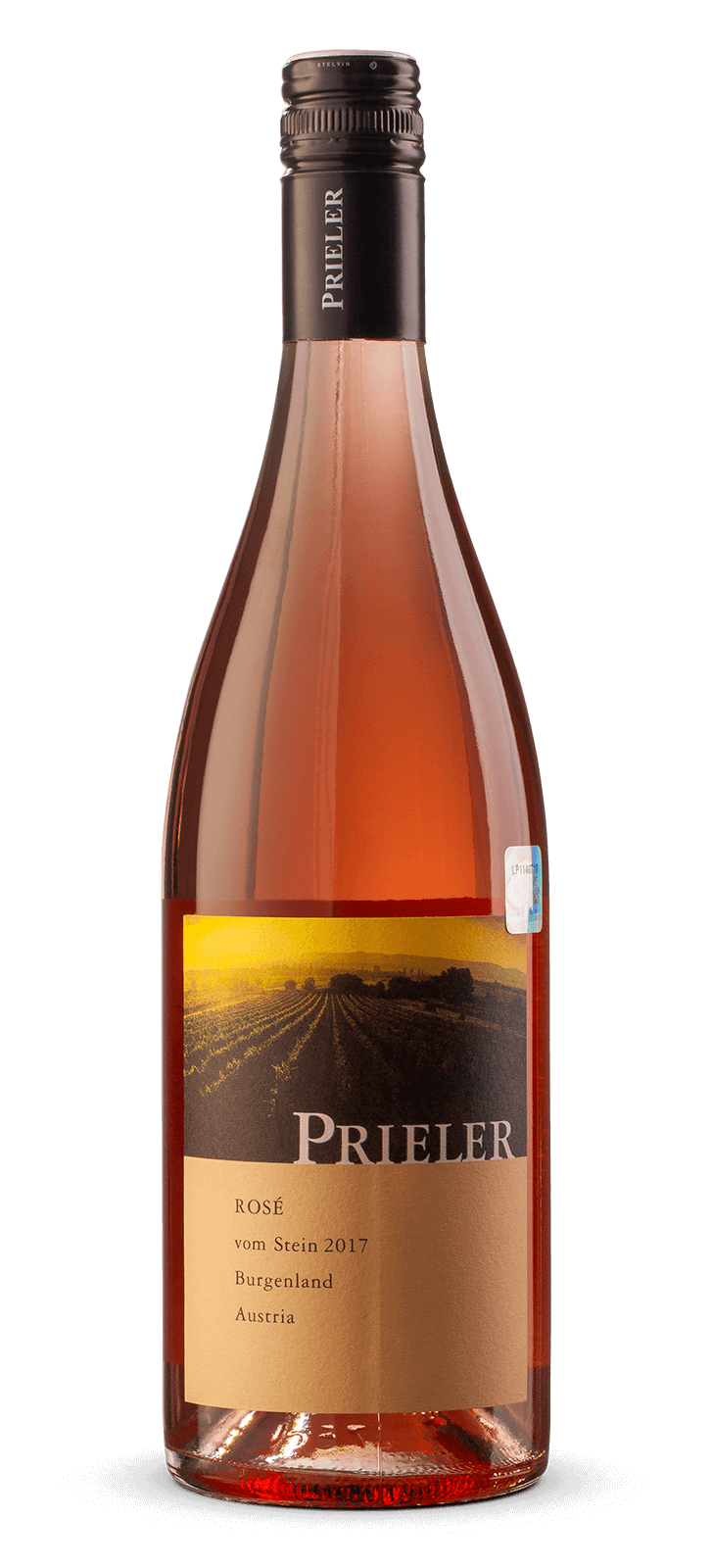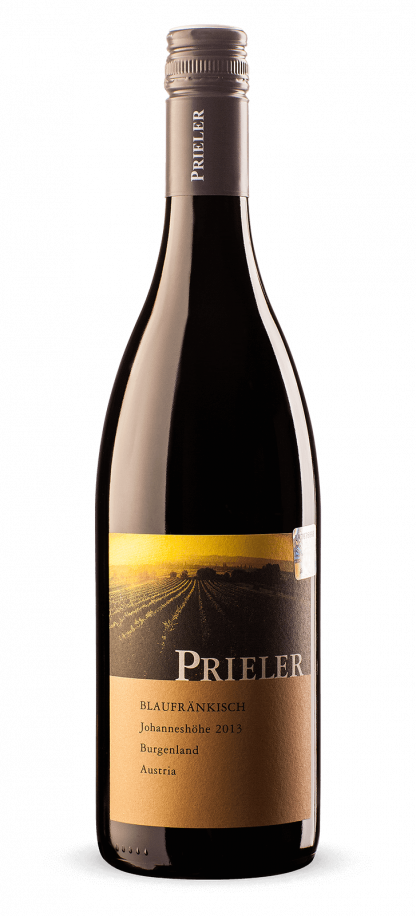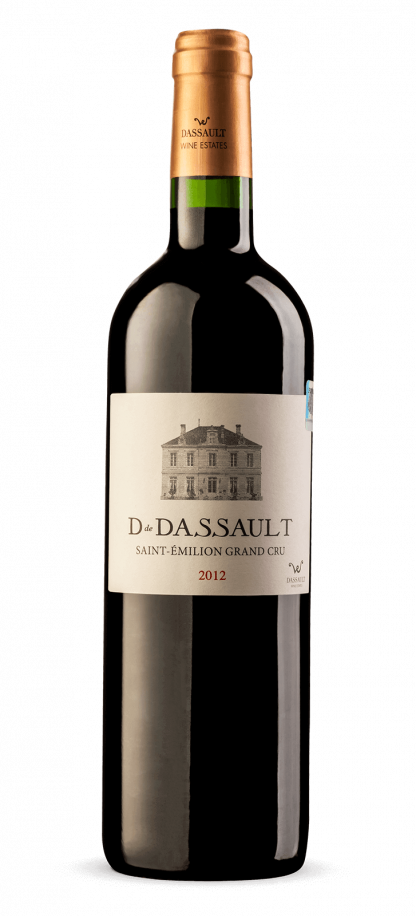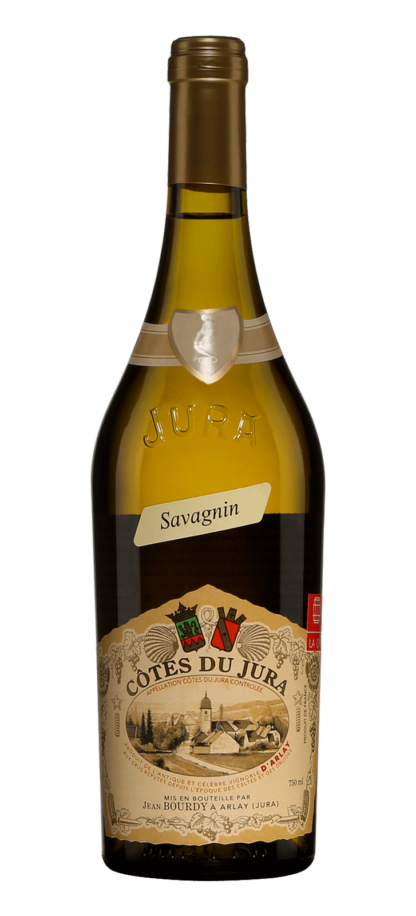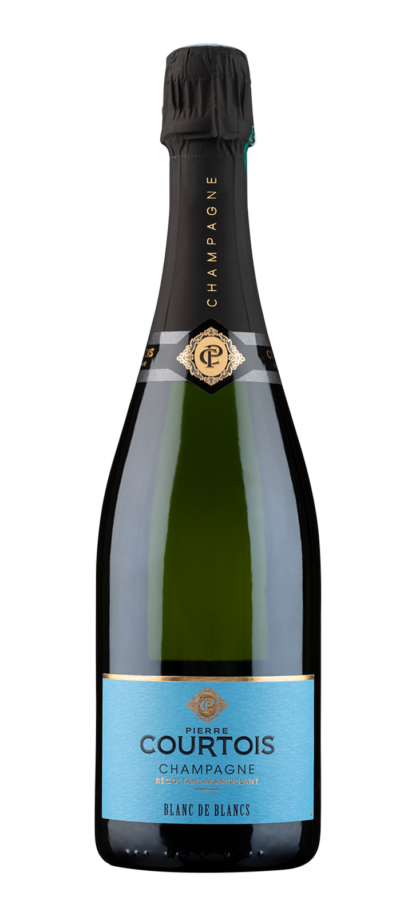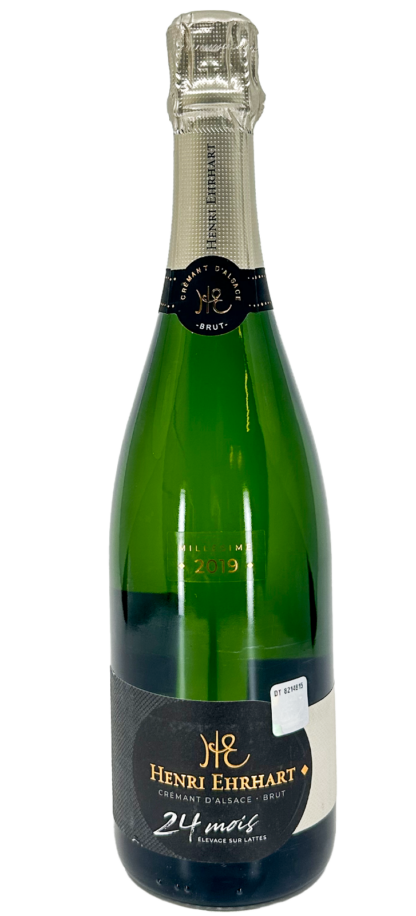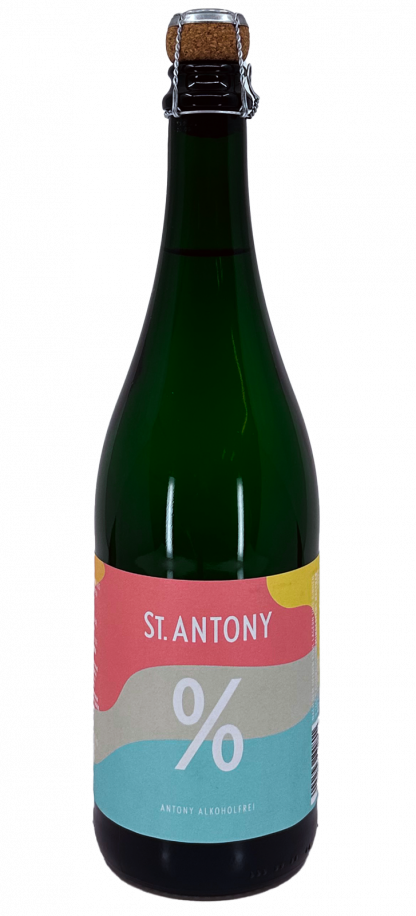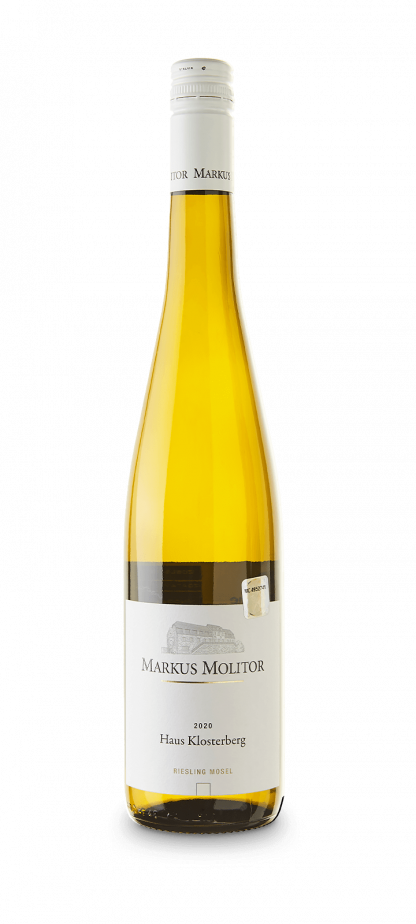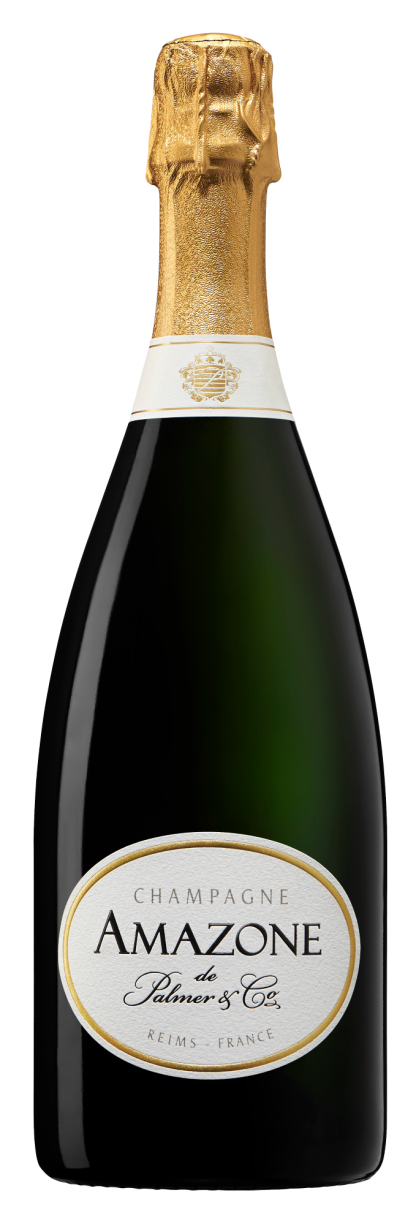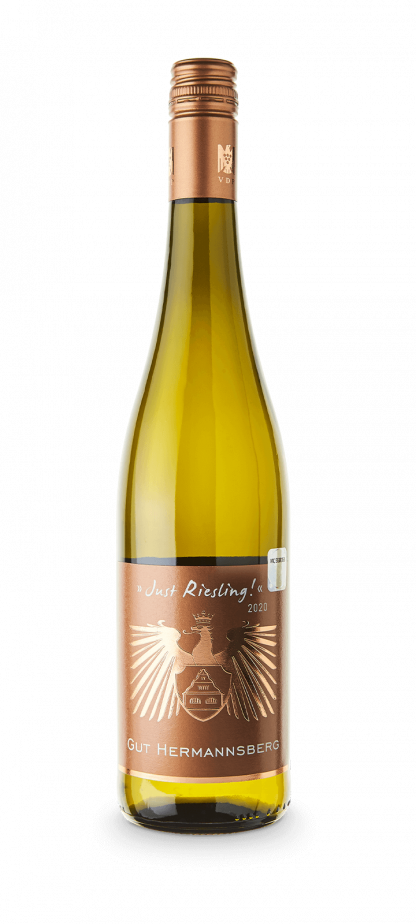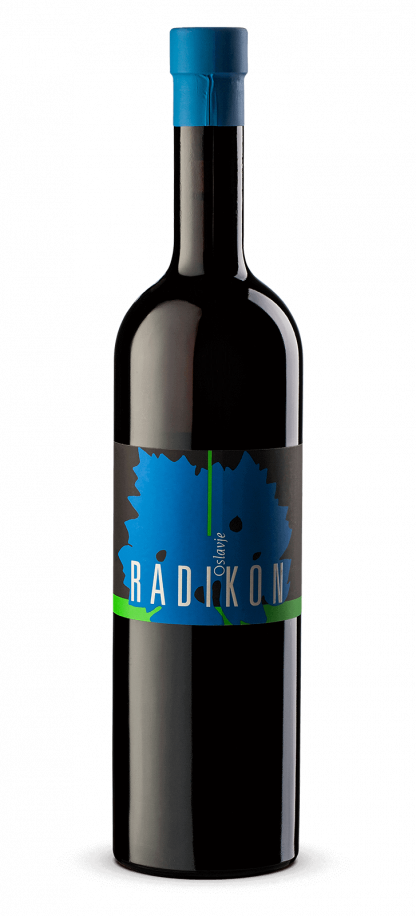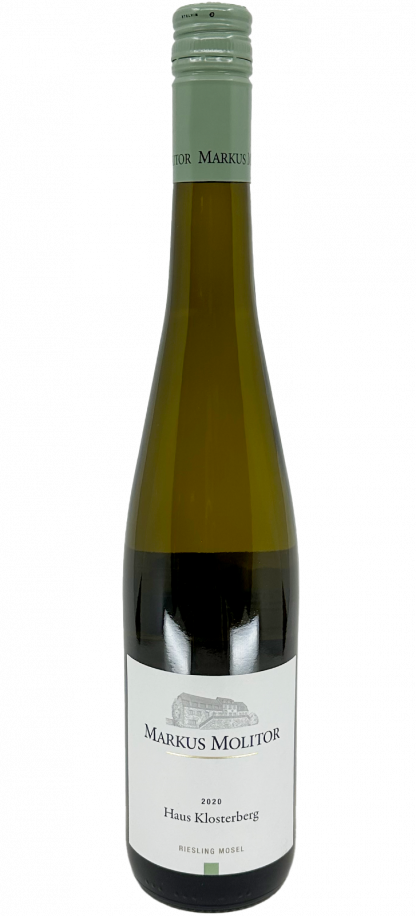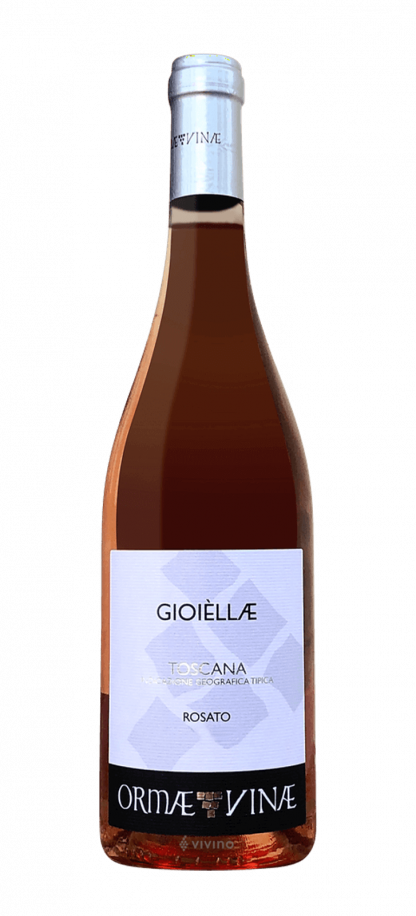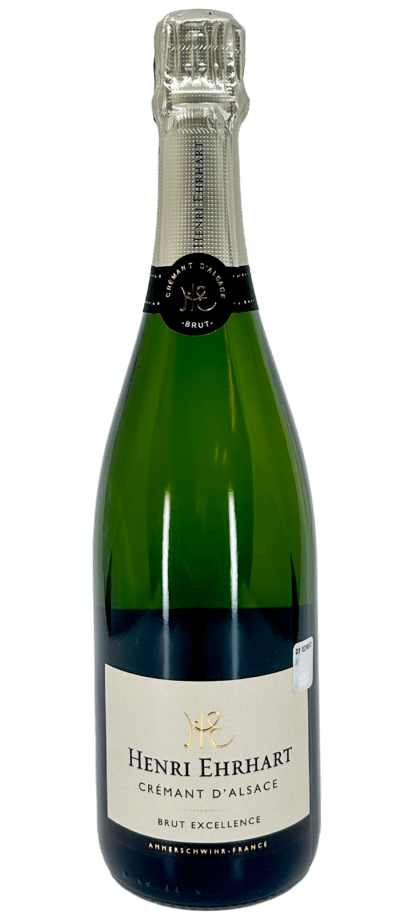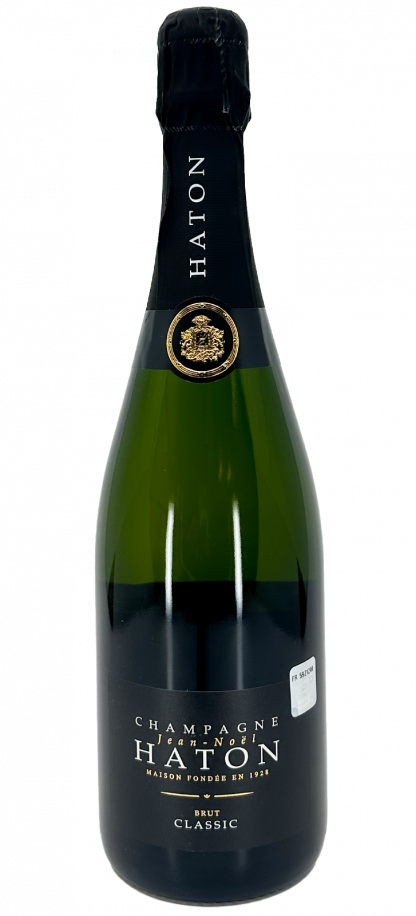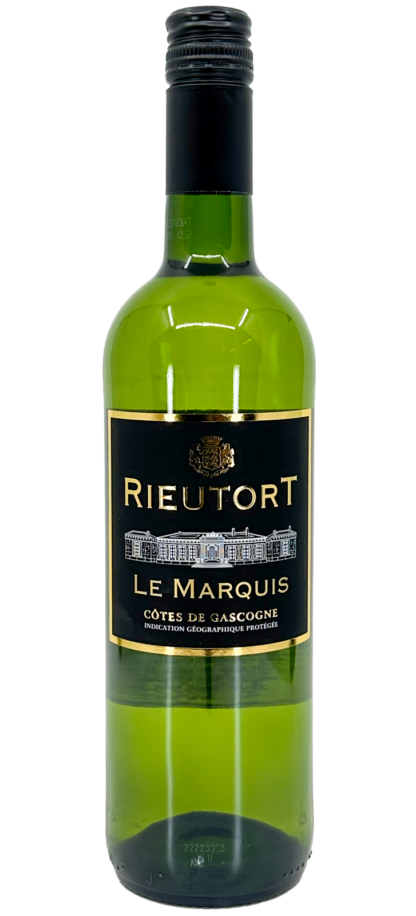Prieler “Rose vom Stein” Blaufrankisch 2023
2023 vintage reveals a lively palette of red berries, particularly strawberries and raspberries, complemented by a refreshing acidity and subtle floral notes, culminating in a clean, crisp finish. The wine’s balance of fruit and acidity, along with its hint of minerality, makes it an exemplary summer sipper that’s both refreshing and nuanced. Its elegant profile and light body showcase the potential for complexity and finesse in rosé wines crafted from Blaufränkisch.
Pairing the Prieler “Rosé vom Stein” Blaufränkisch with light salads, grilled seafood, or fresh goat cheese highlights the wine’s bright acidity and fruit-forward character. It also pairs beautifully with lightly spiced Asian dishes, where the wine’s freshness can cut through the richness and spice, creating a harmonious balance of flavors. These food pairings not only enhance the enjoyment of the wine but also showcase its versatility in complementing a wide array of culinary styles, making it a delightful choice for diverse dining occasions.
8 in stock






